Creative X-Fi: A New World of Sound
Behavior At 24 Bits / 96 KHz
These settings correspond to the best possible performance, but in reality the only gain is in upward extension of the frequency response to 40 kHz, with negligible attenuation (0.13 dB!) The rest is identical, with similar or very slightly lower figures, a classic consequence of extension of frequency range.
- Frequency response (20 Hz - 20 kHz) : +0.01, -0.19 dB
- Weighted signal-to-noise ratio : 112.4 dB(A)
- Distortion : 0.0005%
- Stereo separation : 100.3 dB
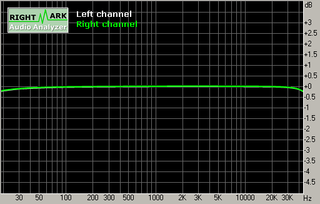
Frequency response : Perfectly linear response beyond 40 kHz without significant attenuation!
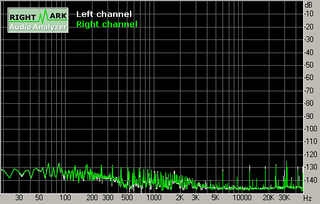
Noise level : Noise is identical to what we measured at 48 kHz, but the response is broadened upward and therefore shows a few more parasitic waves at that end.
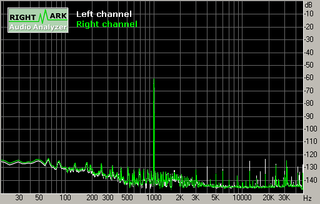
Dynamic range : The result is still just as excellent!
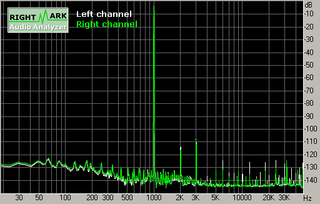
Distortion : Distortion is absolutely identical to what was measured at 48 kHz - extremely low.
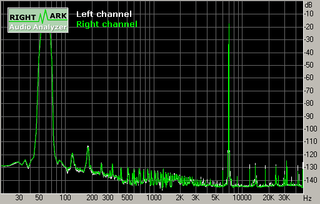
Intermodulation : Values remain infinitesimal...

Stereo separation : Stereo crosstalk is slightly higher than at 48 kHz, undoubtedly due to the broadened bandwidth.
Stay On the Cutting Edge: Get the Tom's Hardware Newsletter
Get Tom's Hardware's best news and in-depth reviews, straight to your inbox.
The figures speak volumes, so to speak: with X-Fi you'll have no worries about performance, since the unit is capable of higher quality than any available audio source. Our tests showed the same results as those published by Creative, with very slight variations attributable to normal production differences between the two units tested, and the adjustment choices we made. As we've said before, audio performance depends on many criteria, and the balance may tip toward one consideration or another.
Current page: Behavior At 24 Bits / 96 KHz
Prev Page Behavior At 24 Bits / 48 KHz Next Page Games And 3D
Microsoft prepares DirectX to support neural rendering for AI-powered graphics — a key feature of the update will be Cooperative Vector support

Intel i9-14900KF overclocker clinches CPU frequency world record at 9.12 GHz — Wytiwx joins Elmor as the only person to push a CPU past 9 GHz

Maker builds a Raspberry Pi 5 powered stereoscopic 3D video camera
Most Popular

